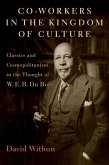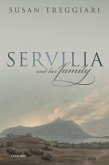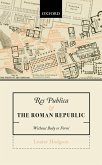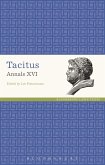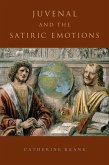Most classists have viewed Aulus Gellius' second-century text, the
Noctes Atticae, as little more than a haphazard collection of short essays and excerpts by an amateur scholar. Often called a "miscellany," the
Noctes Atticae collects vast amounts of otherwise lost ancient literature and records Gellius' experience of reading them. While the depictions of his scholarly activity have led some scholars to see in Gellius a kindred spirit--a Classicist
avant la lettre--his work is often relegated to the second tier of Latin literature, considered either an unoriginal assembly of more sophisticated sources or too heterogeneous for Classicists to approach as a whole.
Reading Miscellany in the Roman Empire, on the other hand, interprets the
Noctes Atticae as a fundamentally literary collection that offers a profound meditation on the experience of reading and literary culture at the height of the Roman Empire. Incorporating textual analysis alongside narratology-informed approaches, Scott J. DiGiulio investigates the strategies used by Gellius to innovate within the Latin literary tradition and provides a framework for interpreting this text's perceived disorder on its own terms. The
Noctes Atticae's self-conscious, miscellaneous aesthetic can enable us to probe the nature of reading during this moment in time, as Gellius' central preoccupation is articulating distinct "ways of reading," which DiGiulio argues we may use to navigate the web of literature in the Roman Empire. Gellius' use of material framing devices, focal characters, recurrent citations in dialogue with one another, and allusive references to other near-contemporary works can all be used as evidence that the evolution of prose as a literary form took place in the second century.
Dieser Download kann aus rechtlichen Gründen nur mit Rechnungsadresse in A, B, BG, CY, CZ, D, DK, EW, E, FIN, F, GR, HR, H, IRL, I, LT, L, LR, M, NL, PL, P, R, S, SLO, SK ausgeliefert werden.




